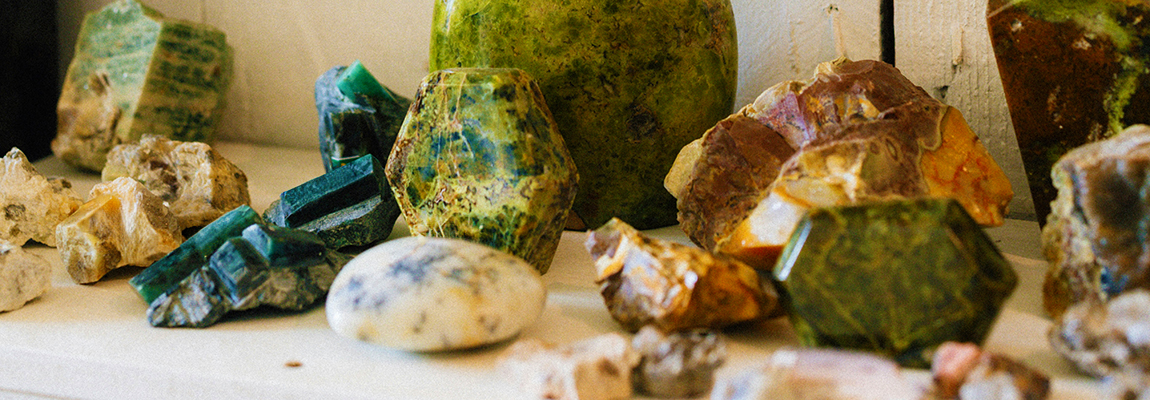Printed in the Zenith News Notes No 108, June 2015
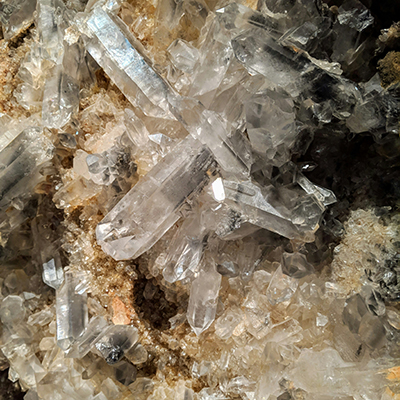
The Mineral Kingdom — Introduction
The world of minerals is more than just geology—it’s a mirror reflecting timeless spiritual truths. In this article, we explore how the structure, formation, and symbolism of minerals offer insights into the divine order of the universe. We also uncover how these natural forms are represented in Tarot imagery and esoteric traditions. Read on to discover what the stones beneath your feet might be trying to tell you.
Understanding the Spiritual Significance of the Mineral Kingdom
The principles in our lessons are reflected in the beauties of nature around us. As we continue to practise looking ‘into’ the world, rather than at superficial appearances, we become more and more aware of the glorious Order of the Divine Reality.
“Our physical bodies have a relationship to the mineral kingdom as they are composed of mineral substances and in their mineral part follow the same laws as are evident in all minerals.”
What Are Minerals? Their Structure and Formation
More than 4,000 naturally occurring minerals — inorganic solids that have a characteristic chemical composition and specific crystal structure — have been found on Earth. They are formed of simple molecules or individual elements arranged in repeating chains, sheets, or three-dimensional arrays.
How Minerals Form in Nature
Minerals are typically formed when molten rock, or magma, cools, or by separating out of mineral-rich water, such as that in underground caverns. In general, mineral particles are small, having formed within confined areas such as lava flows or between grains of sediments. Large crystals found in geodes and other rocks are relatively rare.
Minerals, Rocks, and Earth’s Natural Resources
Rocks themselves are made of clusters or mixtures of minerals, and minerals and rocks affect landform development and form natural resources such as gold, tin, iron, marble, and granite.
Major Mineral Classes and Their Properties
Silicates — including quartz, mica, olivine, and precious minerals such as emeralds — are the most common class of minerals, as well as the major components of most rocks. Oxides, sulfides, sulfates, carbonates, and halides are other major mineral classes.
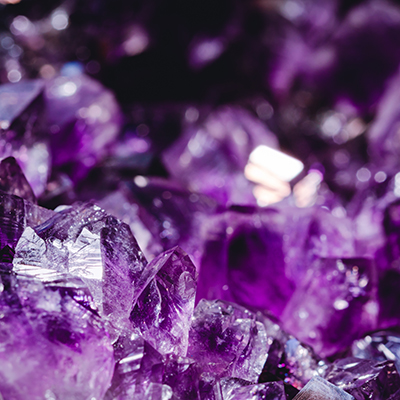
Gemstones: Nature’s Precious Crystals
Many minerals form beautiful crystals, but the most prized of all are gemstones. Uncut gems are often fairly ordinary looking. It’s only when they are cut and polished that they obtain the brilliance and lustre that makes them so valued.
Precious and Semiprecious Stones: What Defines Them?
Historically gems have been divided into precious and semiprecious classes. There are a number of semiprecious gems, many quite beautiful, but diamonds, rubies, sapphires, and emeralds continue to qualify as ‘precious’. (At one time, amethyst was also considered a precious gem, but large reserves were later found in Brazil, reducing its value.)
How Diamonds Form: The Hardest Natural Mineral
Diamonds, made of carbon atoms, are the hardest natural substance found on Earth. Formed under extremely high pressure hundreds of miles underground, they are found in very few locations around the world. Graphite is also made of carbon atoms, but with a different arrangement—explaining why diamond is the hardest mineral and graphite (used in pencil lead) is one of the softest.
Ruby, Sapphire, and the Role of Trace Elements
Rubies are formed of a mineral called corundum, comprised of alluminium oxide. The red colour is caused by traces of chromium. Corundum also forms sapphire in many colours, which generally come from trace mixtures of iron, titanium, and chromium.
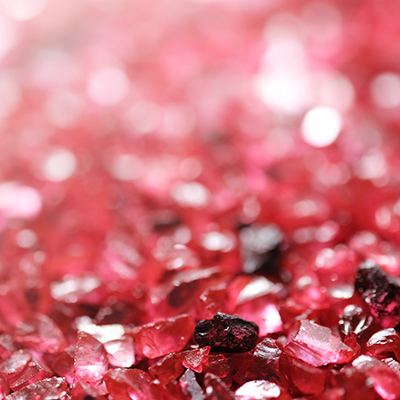
Emeralds, Beryl, and the Colour of Precious Gems
Emeralds are formed of a mineral called beryl whose chemical formula is a complex mix of beryllium, alluminium, silicon, and oxygen. The colour comes from additional traces of chromium and vanadium. Different trace elements can produce other colours, allowing beryl to form semiprecious stones such as aquamarine.

How Minerals and Gems Are Classified
Minerals and gems are classified by their physical properties, including hardness, luster, color, density, and magnetism. They’re also identified by the ways in which they break, or the type of mark, or streak, that they leave when rubbed on a laboratory tool called a streak plate.
Our Connection to the Mineral Kingdom
Our physical bodies have a relationship to the mineral kingdom as they are composed of mineral substances and in their mineral part follow the same laws as are evident in all minerals.
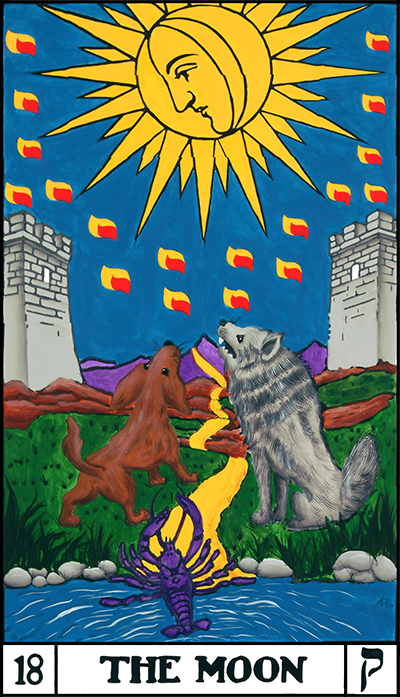
Minerals and the Tarot: Symbolism in the Major Arcana
In the Tarot series the mineral world is seen as the rocks around the pool in Key 18 The Moon. Stone is also seen as the table in Key 1, the cube the High Priestess is sitting on, the Empress sits on a stone table, the Emperor and the Hierophant sit on a stone cube and the chariot in Key 7 is a cube. Anytime a mountain is viewed in the Tarot series it not only represents the Great Work, but it is also of mineral composition. The Towers in Key 16 are made of stone as is the wall in Key 19 and the coffins in Key 20 are stone also.
Learn more we this downloadable guide by Crystal Earth Magic
Read more from Our Wondrous World Series: Plants
